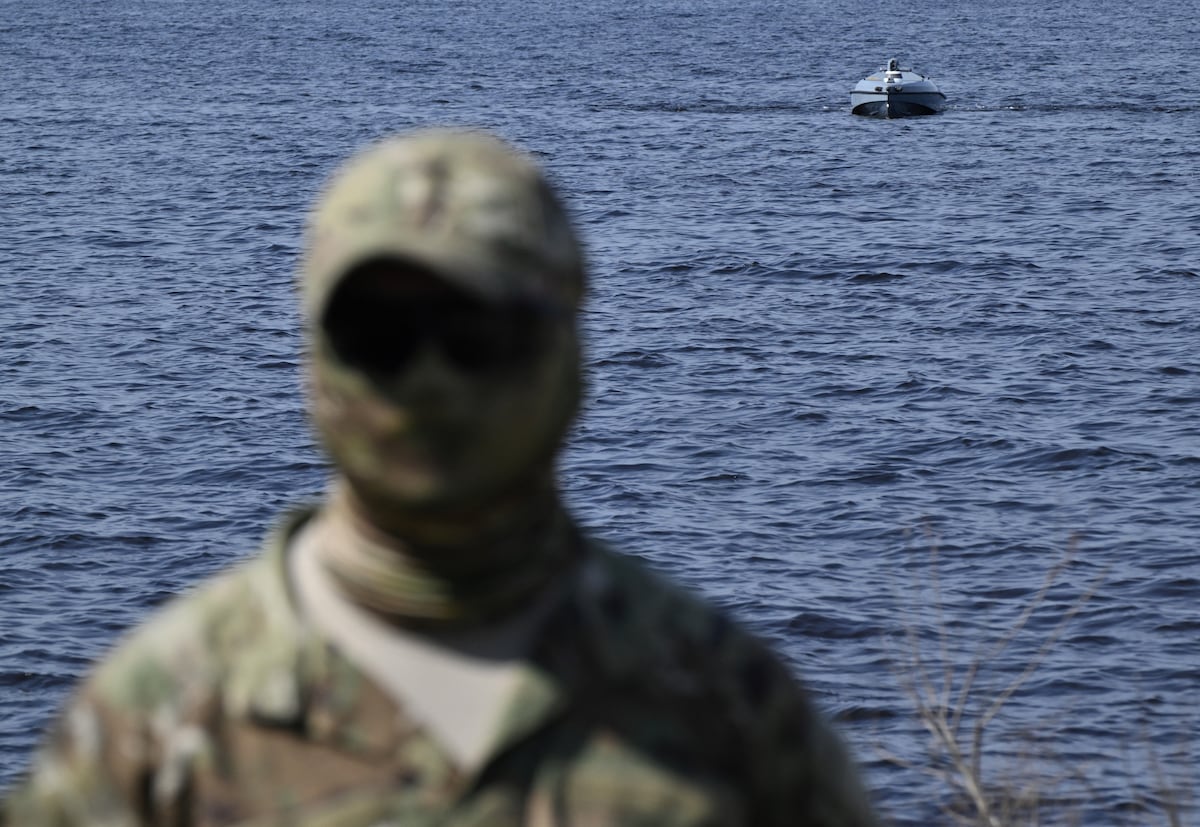Advancements in Stealth Technology: The B-21 Raider’s Role in Modern Warfare
Acceleration of Production and Testing
On September 11, 2025, Northrop Grumman announced the inclusion of an additional B-21 Raider aircraft into its testing regimen, marking a significant milestone in the program as the company gears up to boost production rates. The latest B-21 prototype successfully departed from Northrop Grumman’s facility in Palmdale, California, and completed a comprehensive test flight at Edwards Air Force Base. This addition to the flight test fleet signals a commitment to exploring the aircraft’s advanced capabilities, further reinforcing its position as a game-changer in long-range strike operations for the United States military.
Transition to Advanced Capability Testing
The current phase of flight testing is designed to transition from purely evaluating flight performance to examining the B-21’s weapons systems and mission capabilities. A newly enhanced software package aims to demonstrate Northrop Grumman’s ability to provide ongoing, seamless upgrades to the B-21 fleet. This approach ensures that both mission effectiveness and weaponry capabilities can adapt to counter emerging threats, thereby maintaining the United States’ strategic advantage in aerial warfare.
Furthermore, the expansion of flight tests is bolstered by a rigorous ground test campaign that engages multiple B-21 aircraft. These intensive assessments focus on certifying the aircraft’s operational reliability in extreme mission conditions and validating its endurance through simulations reflecting decades of anticipated flight usage. Notably, the testing outcomes have consistently surpassed initial digital model projections, instilling greater confidence in the B-21’s operational viability and performance benchmarks.
Preparing the Air Force for Interoperability
Northrop Grumman is actively equipping the U.S. Air Force with the necessary tools for effective operation and maintenance of the B-21 through a suite of advanced training and fleet management programs. As part of an effort to support the Air Force’s Formal Training Unit based at Ellsworth Air Force Base in South Dakota, the company is developing a broad spectrum of training capabilities that include:
- High-Fidelity, Full-Motion Simulators: These tools create realistic flying environments for pilot training.
- Immersive Laboratories and Virtual Environments: Designed for technical hands-on practices in system operations.
- Specialized Training Materials: Tailored for future pilots, weapons loaders, maintenance staff, and operational support personnel.
These initiatives are aimed at fostering a new generation of maintainers who will utilize the B-21 Fleet Management Tool, currently under development. This tool will serve as a vital resource for maintaining the aircraft’s operational readiness by integrating real-time flight data and performance metrics gleaned from extensive sustainment experience across various aircraft systems.
Strategic Implications for U.S. Military Power
The advancements represented by the B-21 Raider not only aim to enhance the U.S. Air Force’s tactical capabilities but also serve to redefine the paradigm of air power in the 21st century. With the emphasis on stealth, range, and payload versatility, the B-21 is positioned to address highly sophisticated adversarial threats and complex operational environments.
Given the current global security landscape, the rapid pace at which the B-21 program is advancing brings strategic benefits. As Northrop Grumman accelerates the delivery of this sixth-generation stealth bomber, it reinforces America’s commitment to maintaining air superiority and operational dominance on the battlefield.
In summary, the ongoing testing and subsequent production ramp-up of the B-21 Raider exemplify a pivotal shift in the United States’ approach to modern warfare, integrating cutting-edge technology to ensure that American air power remains unmatched in the face of evolving threats.





